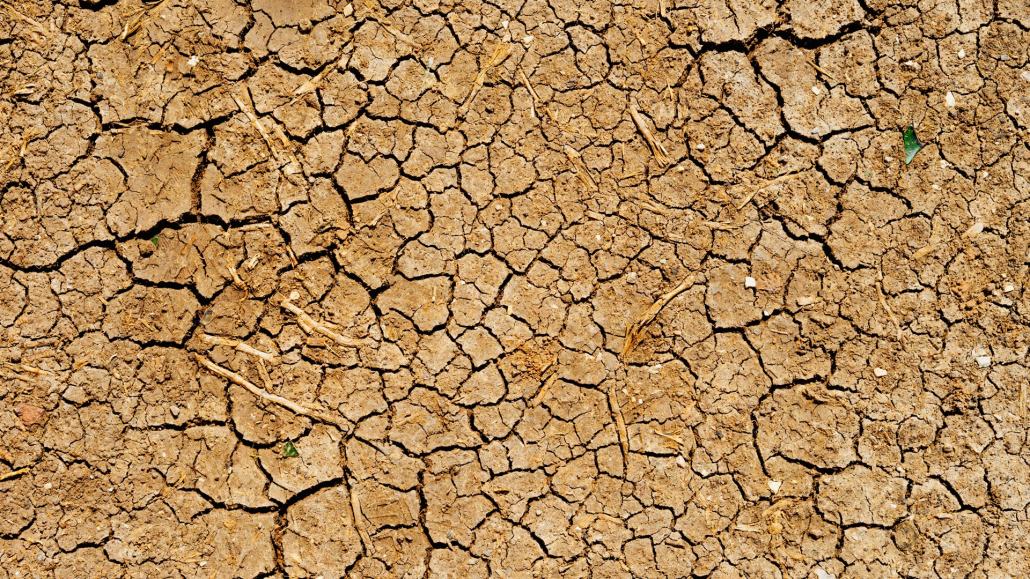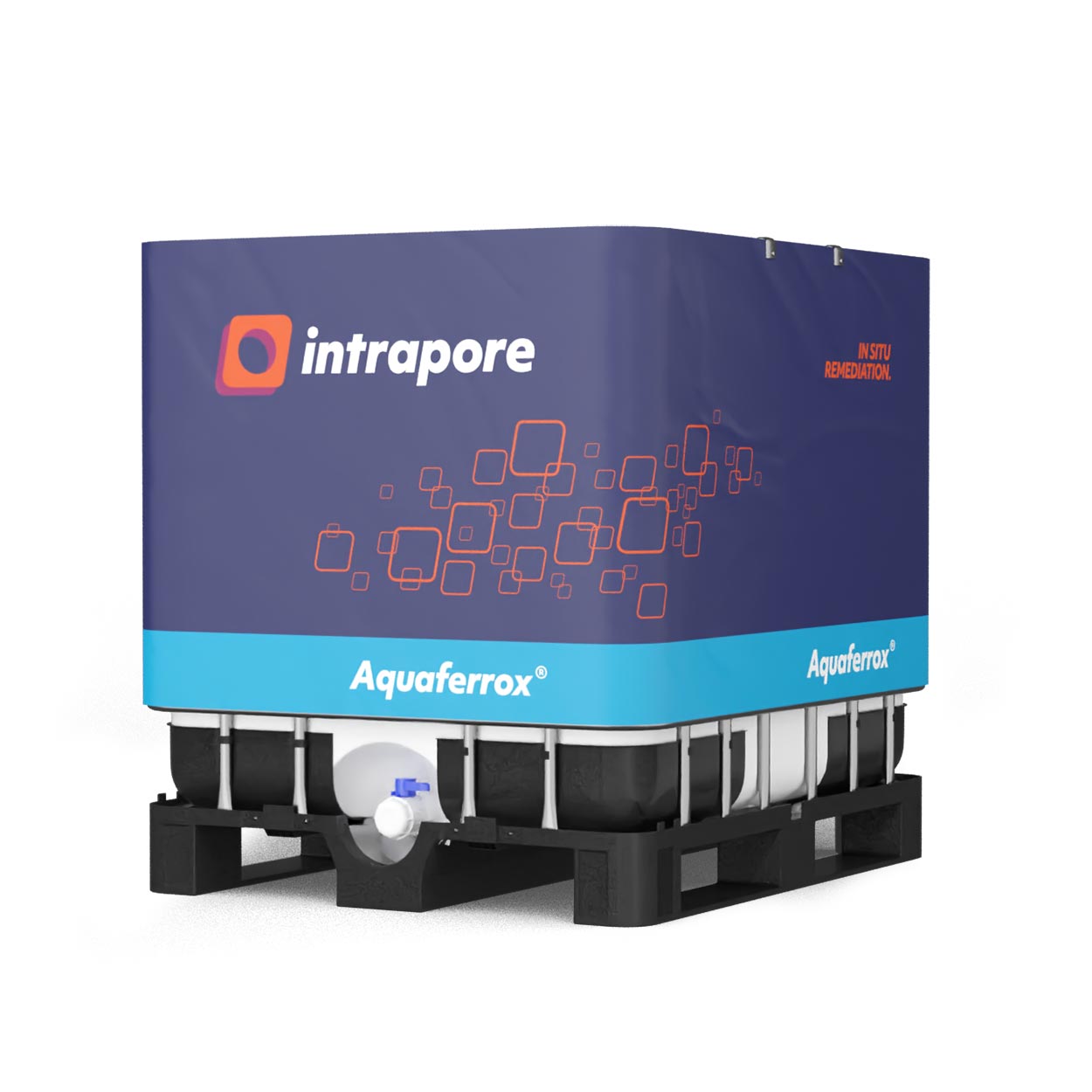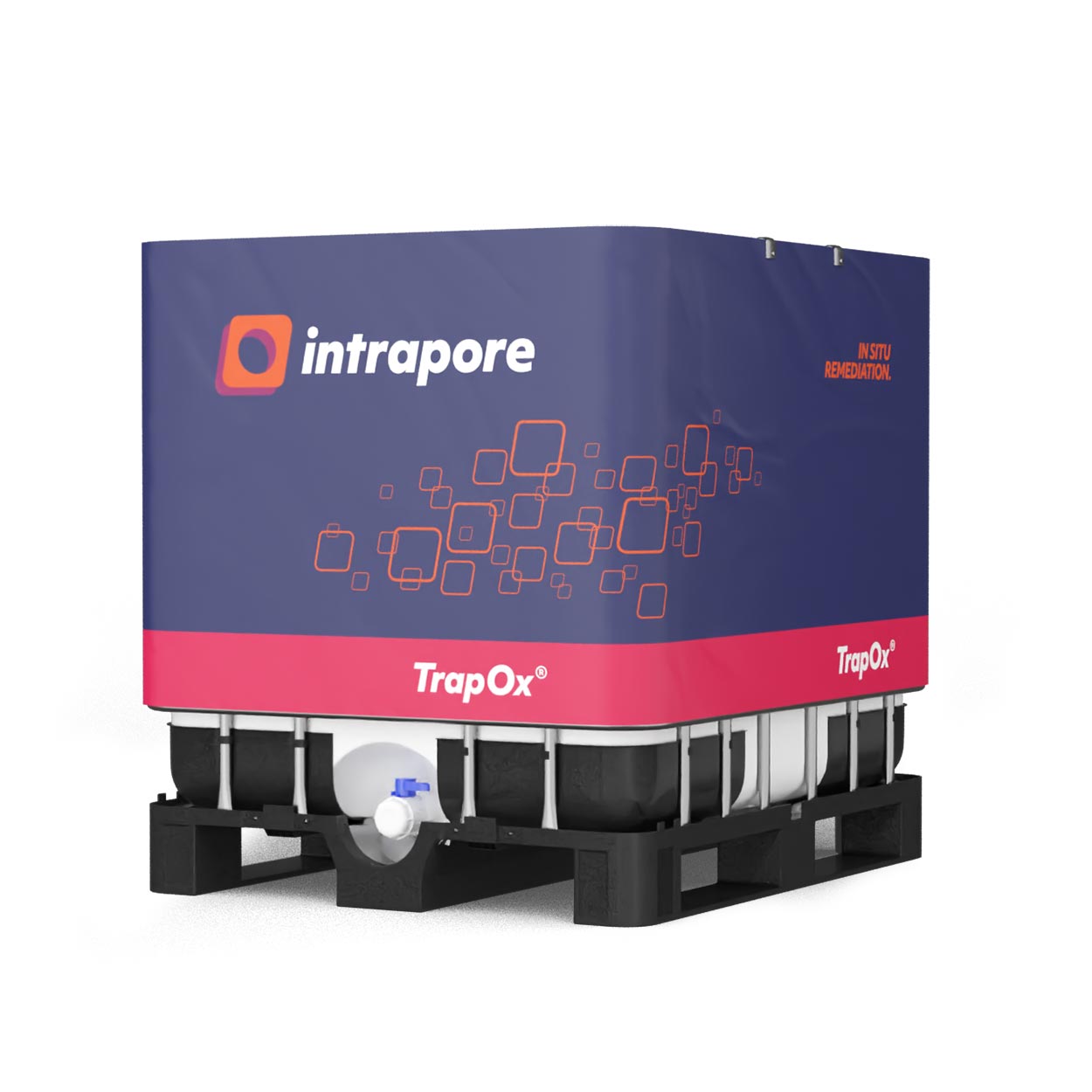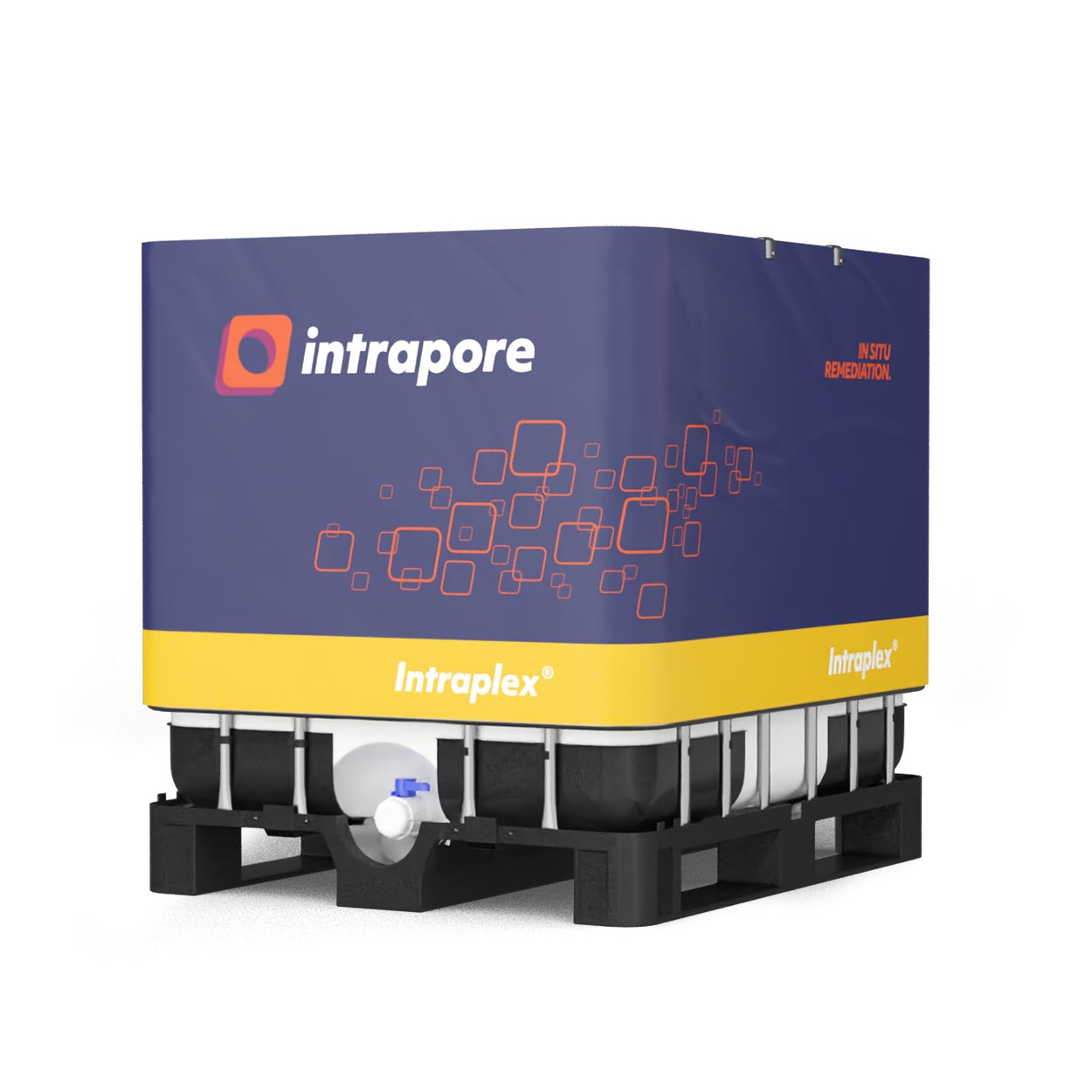About Carbo Iron®
Carbo-lron® is a patented, micron-sized composite material composed of zerovalent iron and activated carbon. Pollutants are quickly adsorbed by the activated carbon, thereby withdrawn from the groundwater flow and at the same time permanently attached to the reactive zero-valent iron cores. Carbo-lron® is non-pyrophoric during onsite handling, shows outstanding migration distances through porous media during its injection, also adsorbs free pollutant phase, and facilitates a complete and VC-free dehalogenation.
This superior material, developed by the Helmholtz Center for Environmental Research – UFZ in Leipzig, opens up completely new, highly effective ways for CHC source remediation and the establishment of reactive zones within the groundwater flow.
For reductive in situ dehalgenation of PCE/TCE
- Microscale, zero-valued iron, embedded in an activated carbon composite structure
- Injected as liquid suspension, mobility controlled by coatings, up to 20 m
- Complete, abiotic, VC-free reductive dehalogenation
- Works also for some pesticides and explosives residue components.
- Penetrates the pollutant phase, adsorbs the pollutant.
- Non-pyrophoric during on-site handling.
- Corrosion-stabilized, effective over the long term.
- Scientifically validated.
- Field-tested and approved under water regulations





